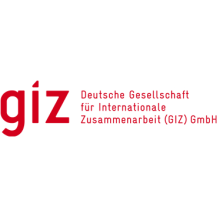Resource information
With the current population of 40 million and 213 inhabitants per km², Uganda is one of the most densely populated countries in Africa. Yet land is a fixed asset. Of all the land in Uganda, approximately 80% of the land area is administered under customary tenure system and approximately 5% only is titled under Mailo, leasehold and freehold tenure. There is a high amount of tenure insecurity in major parts of the population, as the land legislation is not well−known among the rural smallholder farmers. Women and other marginalized groups of persons do not have secure access, user or ownership rights to land which is a key component in the fight against poverty and hunger.
Lack of capacity in some of the (informal & formal) institutional and administrative structures make it difficult for vulnerable persons to meaningfully participate and to hold those in authority to account for secured entitlements. Politicking and misconception by sections of the public on some of the land laws, (proposed) legislations and policy frameworks by the government has raised public sentiments and resistance even against good intentioned interventions in enhancing land administration and management.
The ‘most−at−risk’ population in the community ought to be well informed of their entitlements and in determining when and where to go first in matters concerning land in their locality. Key questions on the meritorious and preferred structures and executing powers ought to be well−known to the communities. For sustainability of interventions in land, everybody with influence in the community − government, cultural, social and religious actors − ought to take part in a continuous awareness raising and public dialogue about land that helps to bring transparency, peace and development to the population. The GlZ project on “Responsible Land Policy in Uganda” (RELAPU) envisages continuous awareness raising and information dissemination as vital in ensuring that national, district, sub−county, parish, and village level, as well as Civil Society and other stakeholders understand their roles and responsibilities in promoting good land governance and can disseminate the same information in a sustainable manner.

